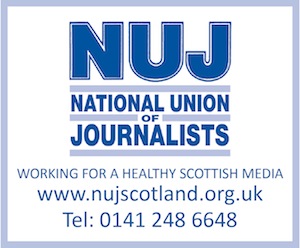THIS has been one of the most fascinating RAJAR surveys in a long time. It has seen consolidation of some trends, some rewards for hard work and it asks some questions that aren’t easy to answer.
The third quarter is normally a quieter time for stations as the main soccer events have been and gone and people spend more time away from their radios. This more than explains small drops in reach for several stations. But there are some worrying times ahead for a number of operators.
The headline for me is the performance of the Bauer stations. Across the board they have produced either steady or increased audiences. This comes after a year that has seen a lot of activity – for example, Clyde 1’s breakfast shows from Central Station in Glasgow earlier this year. Competition from Capital Scotland has clearly been good for their big FM stations, both where they compete directly and where the network shows play across Scotland. The work at Bauer hasn’t stopped the steady rise of Capital Scotland either, so this is an interesting battle to watch.
It looks from here that Real Scotland is where the audience is coming from. But after some frankly uninspiring content earlier in the year, the station seems to have found its feet – at least to this listener. The station remains bright and upbeat, but has taken another hit.
BBC Radio Scotland has posted another strong book and it’s interesting to read the corporate press release as they begin to position themselves for the post-Delivering Quality First future. The lack of football always hurts their Q3 figures and that’s evident here, but one suspects that station bosses will be heartened rather than worried.
The local stations have typically done well, especially Original in Aberdeen. That station has featured a much more mainstream music policy than it previously had and combined with strong talent in the key dayparts, there’s every indication that this isn’t a fluke figure.
There is a challenge lurking for the small stations, though. When reach goes down (even quarter-on-quarter) and hours go up, the worry is that your existing audience is becoming more loyal. This is firmly in the hands of the programme makers and helps the case for agency airtime sales. But many small stations depend much more on the local direct sales route for their income, and these sales are often driven by weekly reach. With marketing budgets under pressure, the mettle of some station teams is about to be sorely tested.
John Collins lectures in radio broadcasting at Reid Kerr College in Paisley, following a 25-year career on both sides of the microphone in both BBC and commercial radio in Scotland. He still pops up on the radio at Central FM on a Sunday morning.
Pic: Michele Dillon





